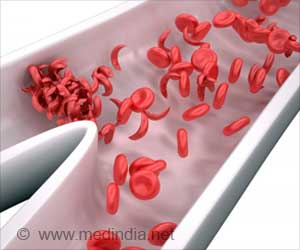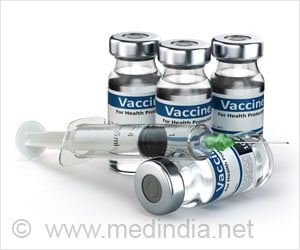Future risk of amyotrophic lateral sclerosis (ALS) is found to be lower when associated with certain blood lipid biomarkers linked to cardiovascular disease risk.

‘Future risk of amyotrophic lateral sclerosis (ALS) is found to be lower when associated with certain blood lipid biomarkers linked to cardiovascular disease risk.
’





The exact cause of the disease is poorly understood. However, single-gene factors drive only a minority of cases of ALS. Risk of ALS and Cardiovascular disease
The present study thereby aimed to determine with certainty the nature of any relationships between levels of biomarkers associated with cardiovascular disease and subsequent diagnosis of ALS.
Data of 502,409 people aged 39 to 72 years and enrolled in the UK Biobank study between March 2006 and October 2010 were utilized. Blood tests were done for all participants and were also followed up.
The relationship between ALS and baseline blood levels of high and low-density lipoprotein (HDL and LDL), total cholesterol, apolipoproteins A1 and B (apoA1 and apoB), triglycerides, glycated hemoglobin A1c (HbA1c), and creatinine were examined. Moreover, self-reported exercise and body mass index data were also compared.
Advertisement
It was found that higher HDL and apoA1 were associated with a lower risk of ALS. Higher total cholesterol: HDL ratio was associated with a higher risk of ALS.
Advertisement
“The persistence of these findings in models controlling for statin use, smoking, and vascular disease indicates that the association of lipid levels and ALS is not attributable to a confounding association between lipids, ALS, and these factors. This study adds to a growing literature documenting differences in the premorbid metabolic profile of those who eventually develop ALS,” say the authors.
“In addition to providing novel insights into pathogenesis, this emphasizes the need to consider a broader set of potential pre-symptomatic ALS biomarkers. Such markers might help to target population screening for ALS and also build confidence in future trials of preventative therapy,” the authors concluded.
Source-Medindia












